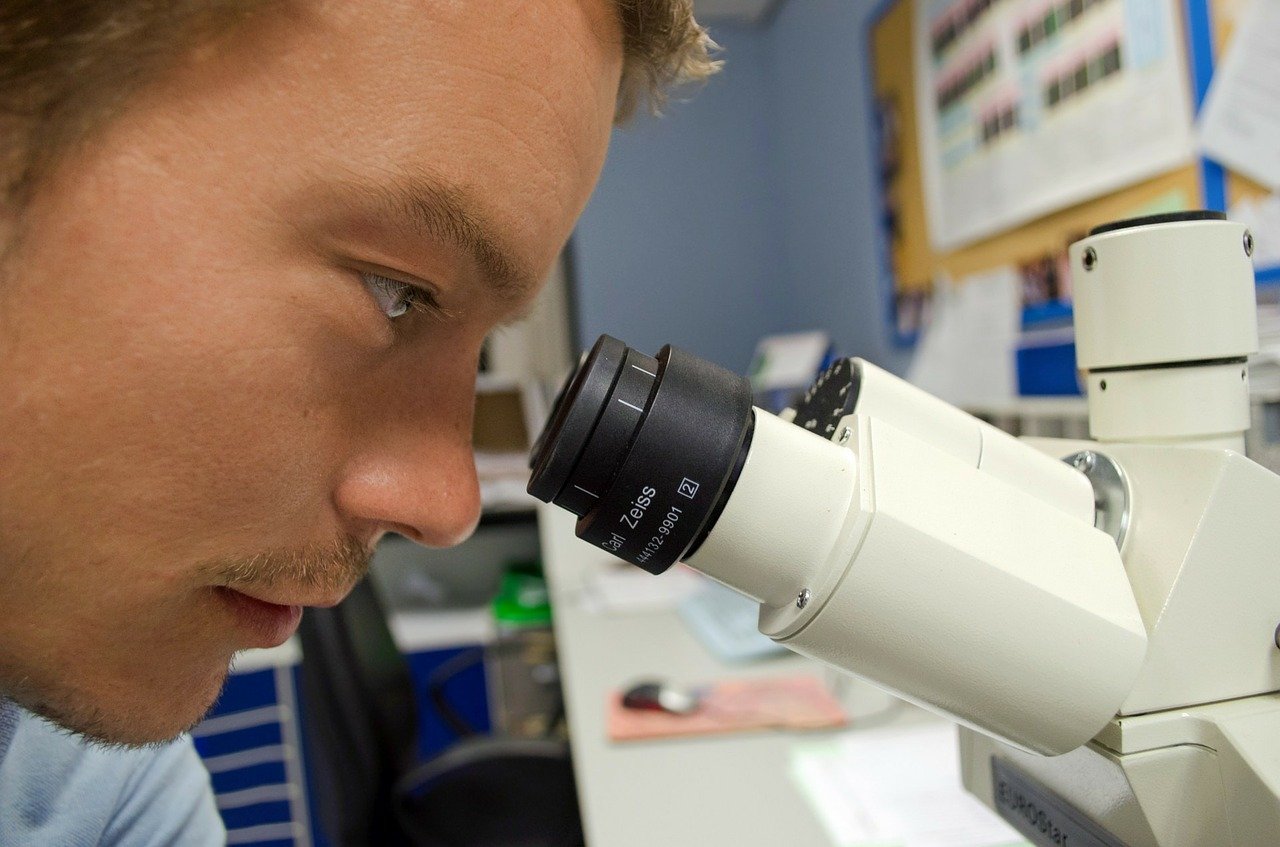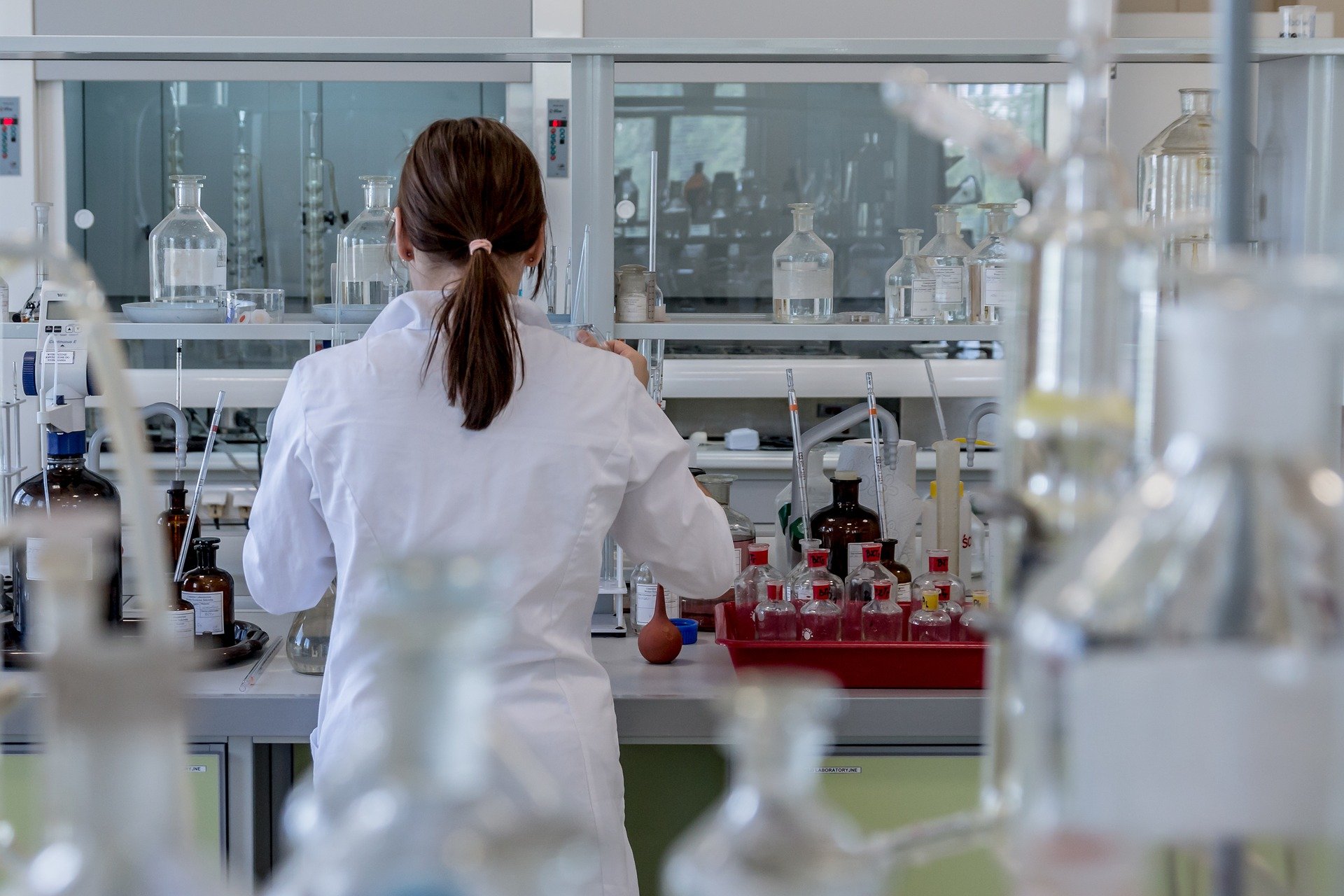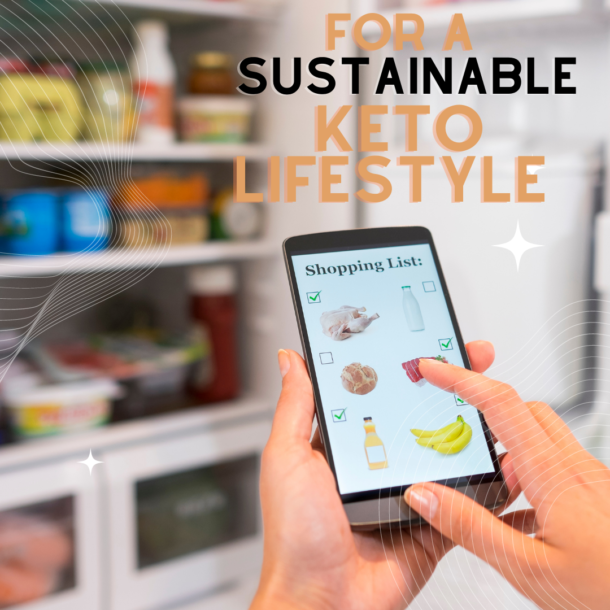Listen on:
Welcome to the science talk
on fat!
Learn what fat does in the body, how you can bolus for it and much advice on how to manage your diabetes more successfully!
I studied over 50 different research topics in the field of diabetes at this years “International Society for Pediatric and Adolescent Diabetes” (ISPAD) conference. Some of those topics were on the physiology of fat, a challenging and often misunderstood topic. I share with you the most recent scientific results on the behaviour of fat in the body and it’s influence on your blood glucose. Be ready to bust some myths with me and listen to the full podcast episode for many more facts!
Here, you can find some key notes on how to bolus for fat!
By listening to the full podcast episode you can learn more about:
1.
current issues by neglecting fat in diabetes management
2.
behaviour of fat (delay in BG spikes and insulin insulin resistance)
3.
the massive limits of current research
4.
how to bolus for fat
I really hope, is episode empowers you to manage your diabetes even better by knowing:
a) how fat naturally behaves in your body and influences your blood glucose!
b) how you can bolus for fat on multiple daily injections as well as on a pump regime!
Don’t blame the butter fot what the bread did!
Most studies on the effect on fat on blood glucose (BG) are in combination with high carbs!
Carbs are still the component to raise your blood sugars! It is NOT fat! Fat only results in a delay of blood glucose raise! So, if you want to avoid BG spike, avoid the carbs! It’s really that simply.
Unfortunately, many share this information out of context and just say: Fat causes a late spike in blood glucose. Yes, fat causes a delay, but NO, fat does not raise your blood glucose! The carbs do! It’s a myth, that fat is the driver for BG spikes!
Another myth, commonly shared online, is that fat is dangerous because it causes insulin resistance. Yes it can cause, for a short time, insulin resistance, but that is not dangerous by itself. Fat make us less sensitive to insulin but at the same time slows down the uptake of glucose into the blood stream. So, we have the choice: we can take a late and higher insulin bolus with our high carb meals OR simply eat less carbs and avoid spike and the need of more insulin!
It can be really challenging to bolus for high carb-high fat meals, especially without a pump and the function of an extended insulin bolus. Also because the time it takes to raise blood glucose can vary.
And we essentially need to distinguish between a short time of reduced insulin sensitivity due to the presents of essential fats in our diet and long term insulin resistance from a non essential high carb diet! The massive issue of insulin resistance is reflected in the massive raise of type 2 diabetes, especially in countries with a western diet and high sugar and carb consumption! So again, avoiding fats and eating carbs, especially as a diabetic, causes much higher insulin demands on a daily basis and carries a much higher risk of long term and known irreversible insulin resistance!
How to bolus for fat?
The following recommendations are based on a talk by Laya Ekhlaspour from Stanford University School of Medicine, Canada and Tenele Smith from Australia at the ISAPD conferece 2020.
Here are their practical tips, based on science and studies on high fat IN COMBINATION with HIGH CARBS. As mentioned, studies on low-carb high-fat have not been mentioned by the experts. Please always speak to your health care specialist before making changed in your diabetes management!
But if you eat high fat and high carb, this is the offical recommendation:
consider a 30% increase in insulin bolus with a meal of >30g.
On MDI
(multiple daily injections)
inject 60-65% upfront and about 35% 1h after meal
or
use 125% before a meal with regular insulin like Aspart/NovoLog
(instead of ultra-rapid insulin)
if your blood glucose (BG) stays high on 125% before meal:
–> increase total meal dose steps of 10%
if hypo occures on 125% before meal:
–> use the split dose as mentioned (60-65% upfront and about 35% 1h after meal)
On a pump:
use on extended bolus 60/40% over 2-4h
And you?!
You are not alone in this. I have been there.
Back then, I wished to have someone to talk to, make things easier and enjoyable.
Back then, I wished for the support I provide today.
If you are struggling or want to take your health to the next level,
then let’s do it together!
Drop me a message!
Your input and ideas help massively to keep my work alive and the love spreading!
You are a gift to this world, now go out and shine!
Yours Julia
P. s.: To support this show, please click 5 stars on apple podcasts!
This helps me massively to ran and improve this free podcast for you!
Listen & review:






0 Comments